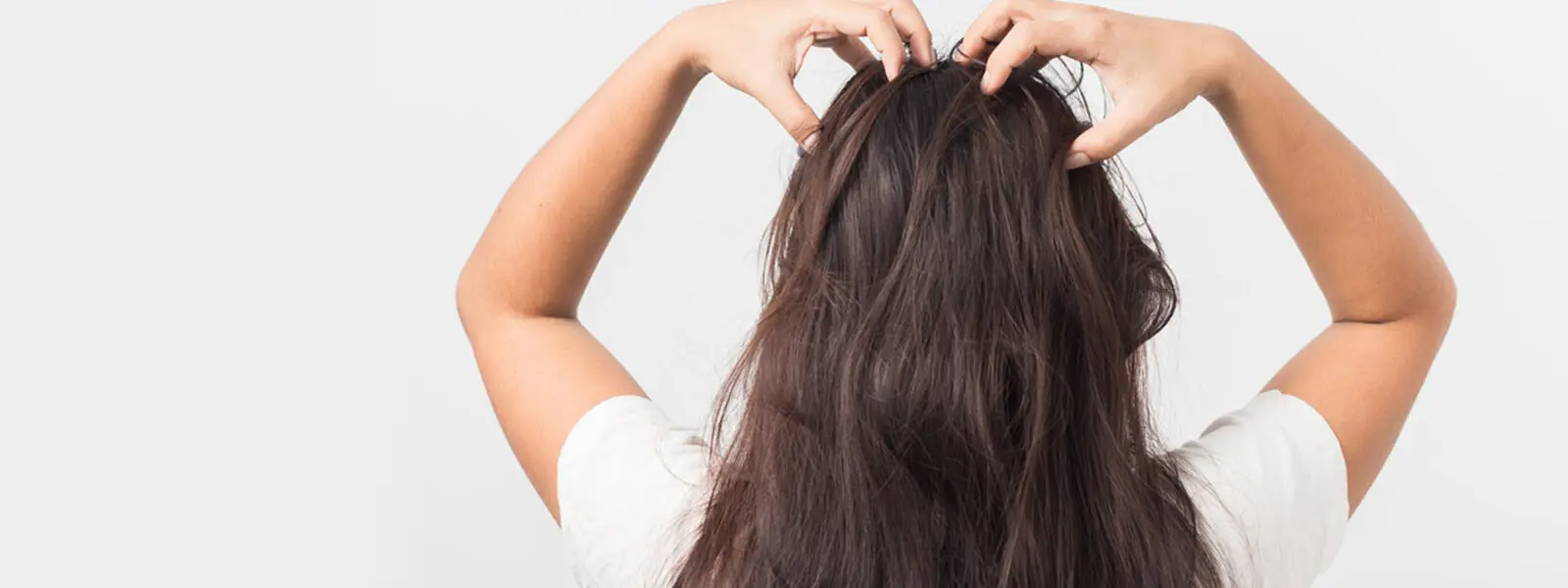Every woman’s hair is different, but thinning hair can usually be narrowed down to 4 main types.
IDENTIFYING THE ROOT CAUSE
Hair loss in women is a lot more common than you might expect, with 40% of women experiencing signs of thinning hair by age 50. While a condition known as female pattern hair loss is usually the main cause, certain lifestyle factors can also have a serious impact on your hair.
1. Hereditary
Female pattern hair loss and thinning, also known as androgenetic alopecia, is a genetic condition that causes hair follicles to become smaller – shortening the time that hair spends actively growing.
2. Non-hereditary
Temporary hair thinning, also known as telogen effluvium, happens when stress, diet, a hormonal imbalance, or a traumatic event causes hair follicles to remain in the resting state. This results in increased hair shedding and a temporary thinning across the whole scalp.
3. Post Pregnancy
During pregnancy, most women find that their hair is thicker and fuller. However, after giving birth it is common for hair to fall out – sometimes in large amounts. As a woman’s body returns to its pre-pregnancy state, her hair will return to normal as well.
4. Alopecia areata
This autoimmune disorder is recognizable by well-defined patches of hair loss that may happen quickly and lead to complete hair loss. If you have no history of hair loss in your family and are experiencing this kind of hair loss, consult your doctor.
WHERE DOES IT COME FROM?
It’s a common myth that genetic hair loss and thinning is only inherited from one side of the family. In reality, women can inherit the gene from their mother, their father, or from both parents.
MEN’S VS. WOMEN’S HAIR LOSS & THINNING
Both men and women experience thinning hair in varying patterns and severity. Men’s hair tends to recede at the hairline and around the crown of the head, whereas thinning hair in women is usually most noticeable as a widening parting and at the top of the head.
